
Run privileged commands more securely in OpenShift Dev Spaces
Learn how to run privileged commands in OpenShift Dev Spaces cloud development environments more securely, using OpenShift sandboxed containers (Kata containers).

Learn how to run privileged commands in OpenShift Dev Spaces cloud development environments more securely, using OpenShift sandboxed containers (Kata containers).
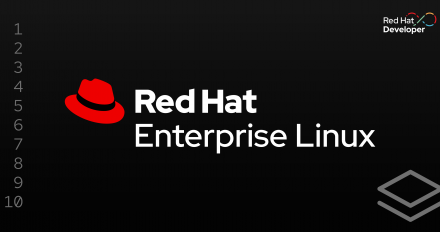
Use Podman Desktop to create a bootable .NET 10-based application using image

Learn how to build reproducible, container-native OS images on IBM Power Systems using bootc, from environment setup to capturing and exporting the image.

This article discusses the advantages of Red Hat's .NET container images and provides an overview of the available images.
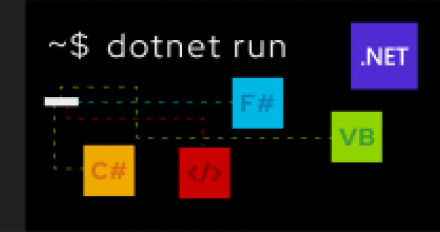
Learn how to deploy a .NET application to Red Hat OpenShift using the lift-and-shift migration pattern with this step-by-step guide.
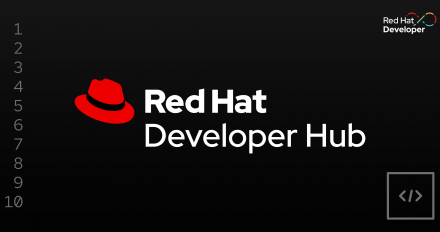
Learn how to enhance your Red Hat Developer Hub instance by building and installing your own dynamic plug-ins.
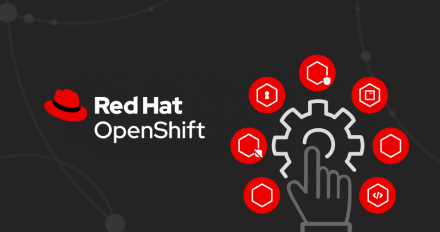
Learn how to run performance tests using benchmark-runner on Kubernetes and OpenShift pods and virtual machines.

Learn how to use the new RHEL 10 soft reboot feature in image mode (bootc) to significantly reduce downtime for OS updates.

Explore the top developer features in RHEL 9.7 that enhance the developer experience.

Discover the RHEL 10.1 new features and updates, designed to improve the developer experience.

Deploy image mode for Red Hat Enterprise Linux step-by-step using Kickstart, a

Kafka is a powerful event streaming platform. In this learning path, you will

Explore the latest features, updates, and fixes in Red Hat OpenShift 4.20, including multicluster support, observability, and developer experience enhancements.

Use Podman Desktop to create a bootable Flask-based application using image mode

Learn how to locally build and run a bootable container (bootc) image in Podman

Learn how to containerize and operate Request Tracker using Podman quadlets. Use quadlets to run the container, configure MariaDB, and set up email routing.

Discover how a new rpm-ostree feature helps reduce bootc system update size by allowing users to assign individual files to specific layers in the output image.

Your Red Hat Developer membership unlocks access to product trials, learning resources, events, tools, and a community you can trust to help you stay ahead in AI and emerging tech.
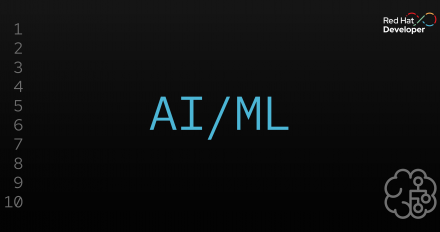
Learn about the 5 common stages of the inference workflow, from initial setup to edge deployment, and how AI accelerator needs shift throughout the process.
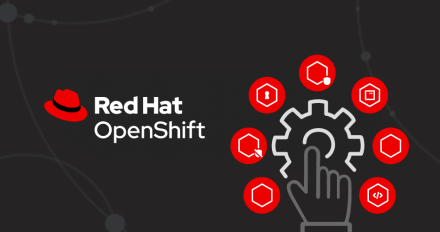
How to configure system-reserved values for OpenShift nodes to optimize platform performance and ensure reliable scheduling by reserving CPU and memory resources.

Learn about the deprecation of the odo CLI and how to transition to OpenShift Dev Spaces and other tools for your cloud-native development workflow.
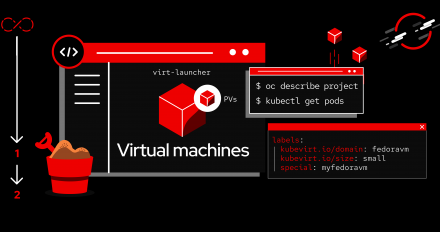
Learn how to expose OpenShift networks with the border gateway protocol to enhance features for virtual machines.

Maximize return on investment in GPU hardware by investing in the appropriate network infrastructure for high-performance distributed training on OpenShift.

This learning path explores running AI models, specifically large language
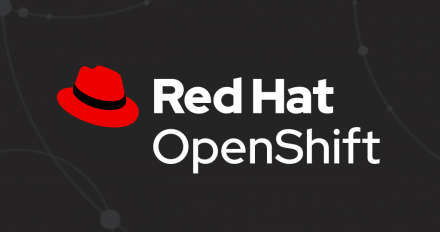
Examine the common frustrations of air-gapped OpenShift installations and a proven solution to simplify the process.